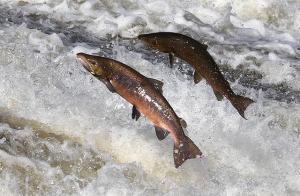This week, my dad is visiting us. I still remember the first time he came to see me here in Sweden. To show him my new home town is always an honor, and slightly scary. Will he approve? We’ve just spent two days on the West Coast, and he liked it, despite the cold and windy weather, something even the best guide isn’t able to influence.
Nobody’s as honest and critical as family
If you think that guiding your family is easier than clients? Think again. And to think you get any favors? No sir. Guiding family (and friends) is not a grateful job, but it provides great opportunities to learn and grow, not to mention test new things, try new restaurants (or make sure known ones are still up to par), etc.
A trip to the West Coast
Dad has been here many times over the years, and yesterday and today, I took him back to some of the places he’d been to before, although it’s been many years. He’d mostly forgotten and this time the weather was better.
We covered Marstrand yesterday, a small island city off the coast about 40′ drive north of Gothenburg, and today we drove even further, although we ended up just a good 15′ boat ride north of Marstrand, on the island of Tjörn and its outlying isles of Klädesholmen, Åstol, and Dyrön.
Good food and amazing nature to round off a successful day
Our first stop for today was Skärhamn, a coastal town on the island of Tjörn. It is famous for
After a quick coffee (it was cold) we took the ferry from Rönnäng on a short trip around to Åstol (beautiful on a sunny, calm summer’s day), and Dyrön. Afterward, I drove us back to Klädesholmen for lunch at Salt & Sill. That little islet is famous for herring canneries and boy, their lunch is good. Six varieties of herring as an appetizer, followed by a fish burger with mashed potatoes and pees. Yummy!
Enjoy some pictures of today’s trip:

Åstol 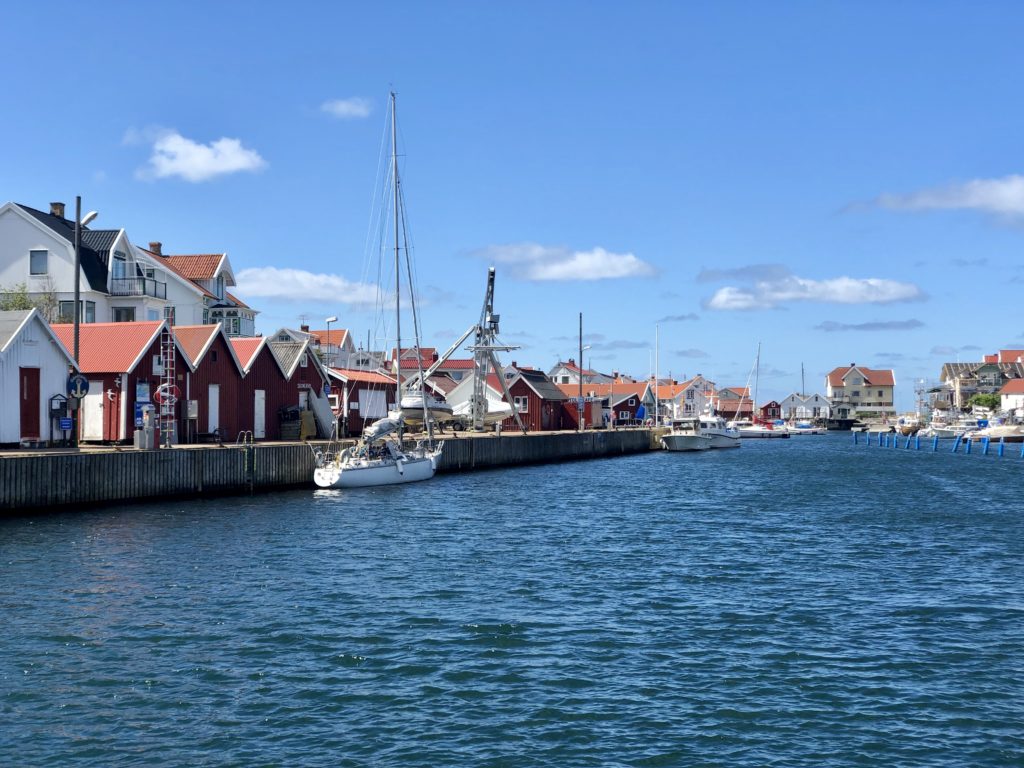
The harbor of the island of Åstol 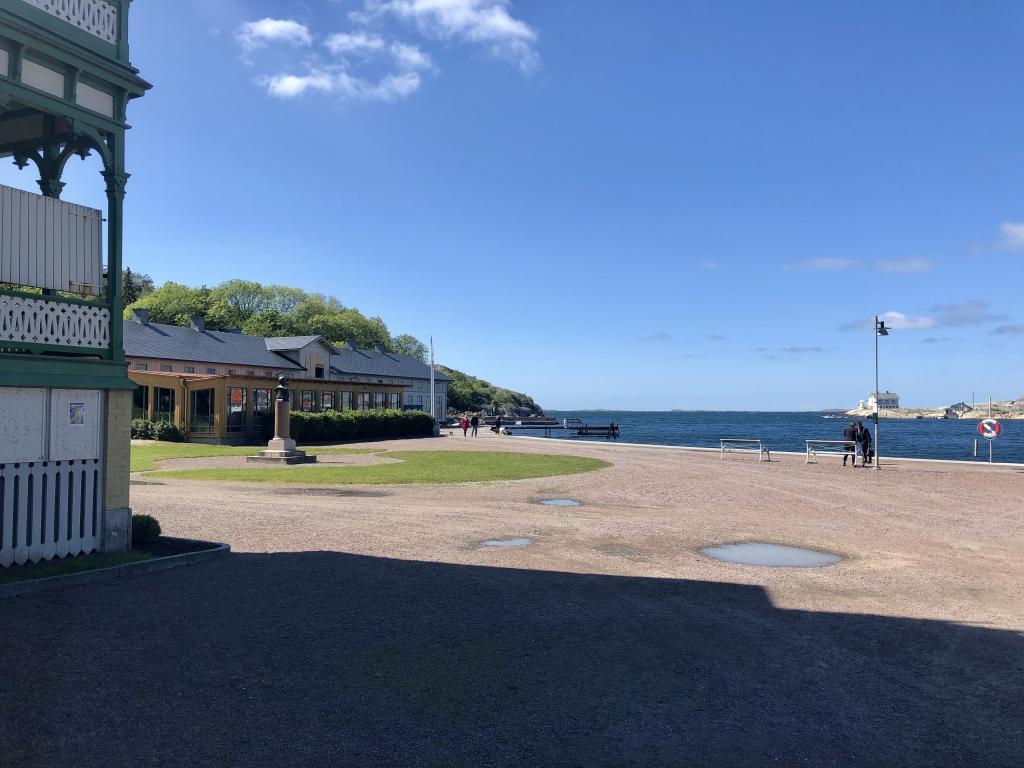
Marstrand, looking north 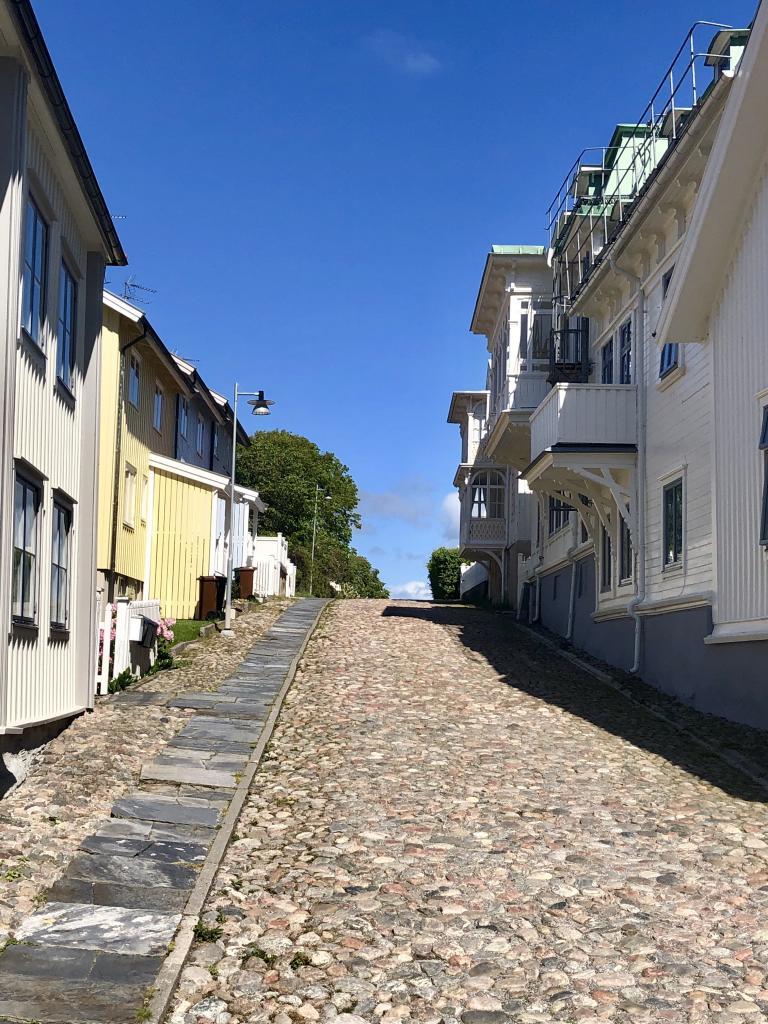
Typical street on Marstrand 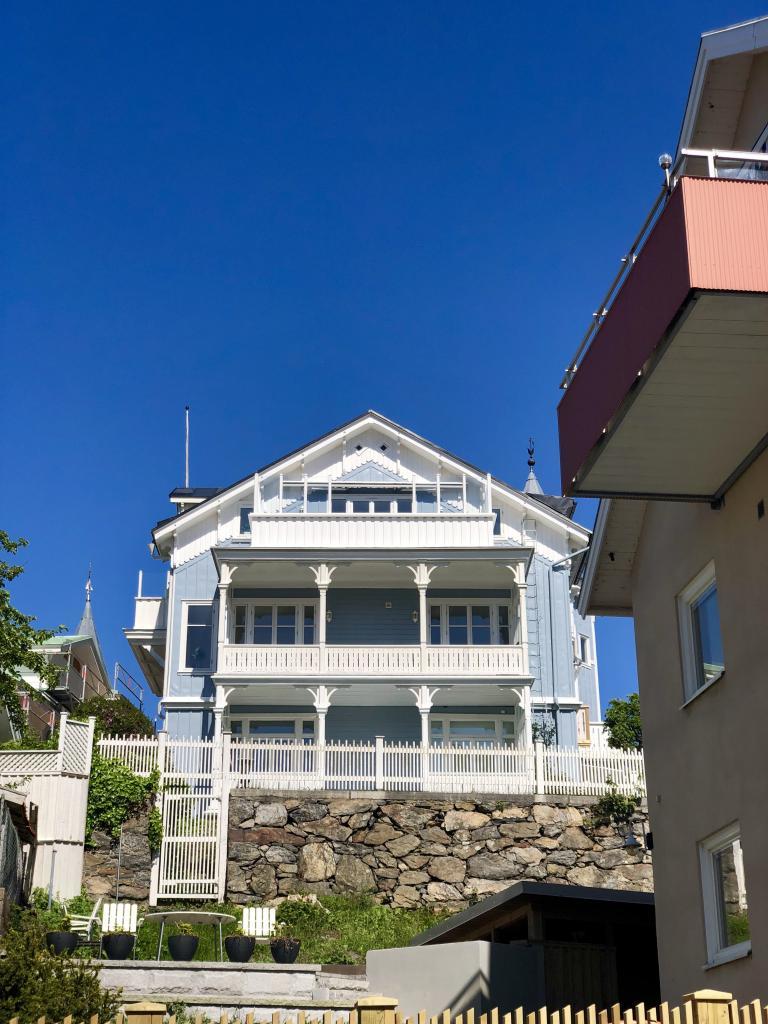
Typical house on Marstrand (and the color, the light blue is indigenous to the West Coast) 
The Fortress on Marstrand 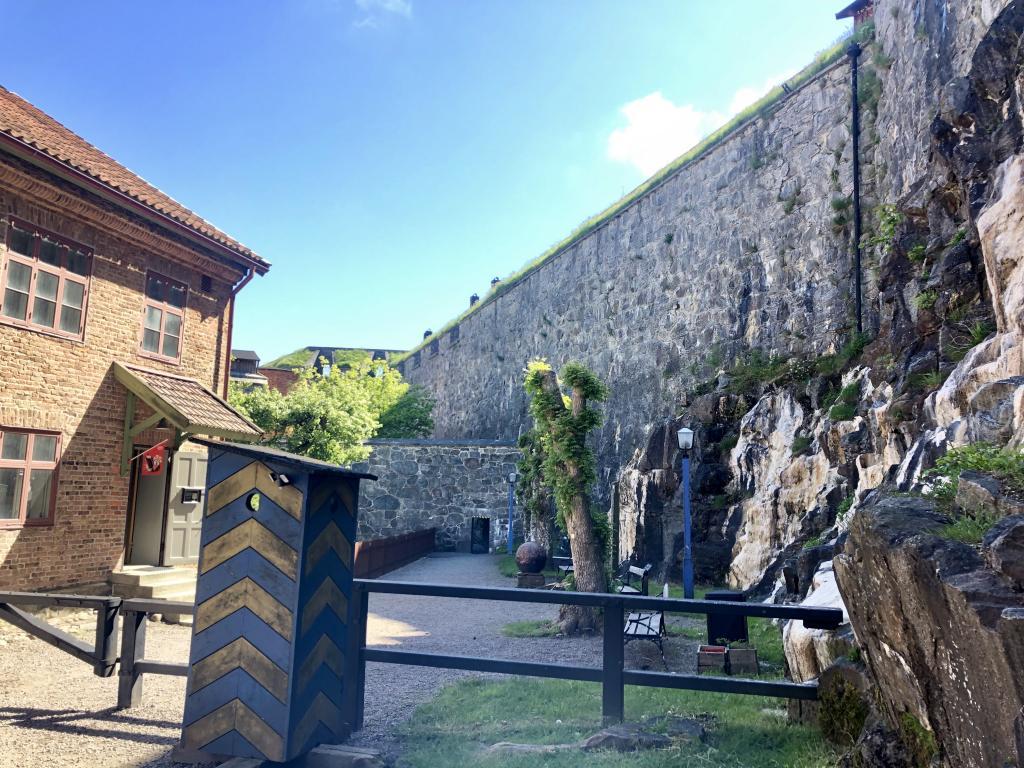
Entrance to the fortress 
Another view of the Fortress on Marstrand 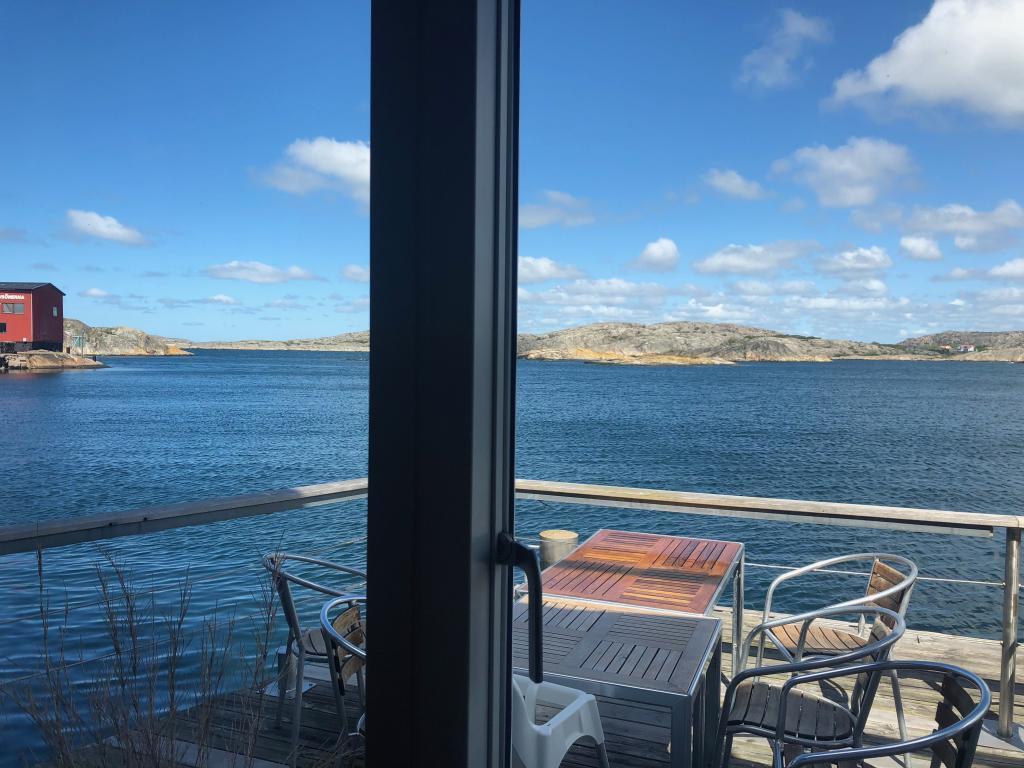
Lunch with a view: Salt & Sill on Klädesholmen
Practical Information
To visit Marstrand from Gothenburg (incl. Carlsten fortress) you’ll need about five hours, two of which you’ll spend getting to and fro the city. In the summer, with a lot of tourist traffic, you may need to allocate more time as parking is scarce and you may need to walk longer from the parking lots to the ferry.
Tjörn and its islands are also a good hour and fifteen minutes away from Gothenburg, further north, but there’s more time on the freeway, so you cover more ground. Again, summer traffic will add time, particularly as you cross the bridge over to Tjörn. We’ve literally spent hours in queues. Parking is a thing, too and you may need to leave your car up to a kilometer or more from ferries, harbors, etc. The town roads are very narrow and you share the space with walking visitors and locals. Be mindful and patient. Five to six hours is recommended. If you visit Åstol or Dyrön, be mindful of the ferry timetable. Summertime (June-Aug) you might find an open café or restaurant, but



![By Steffen Wurzel [GFDL (http://www.gnu.org/copyleft/fdl.html), CC-BY-SA-3.0 (http://creativecommons.org/licenses/by-sa/3.0/) or CC BY-SA 2.5 (https://creativecommons.org/licenses/by-sa/2.5)], from Wikimedia Commons](http://www.gothenburgtours.se/wp-content/uploads/2018/09/256px-Koettbullar_stockholm2006.jpg)
